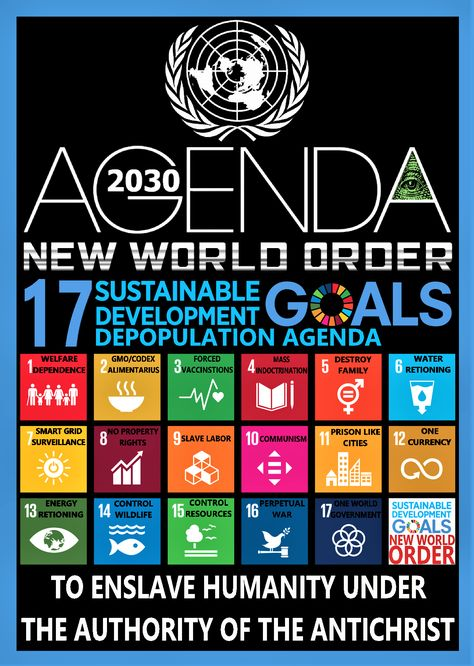
However, countries that were experienced in remote data collection and ICT measures were at a considerable advantage. A year later, in May 2021, it was observed that face-to-face data collection remained disrupted in 5 per cent of the countries.
#Agenda 2030 exposed full#
Following the lockdowns in April-May 2020, 96 per cent of the countries had to put a full or partial stop to face-to-face data collection. The report notes that the pandemic has made the case for a strong statistical and ICT foundation and exposed the chinks in the national statistical systems. Out of 10 SDG indicators that require disaggregation by disability status, data are available for only two. (more than 80 per cent of the countries have at least one data point since 2015) for eight indicators, no sex disaggregated data are available at all. Among the 32 SDG indicators with a requirement of sex disaggregation, only 21 have the latest disaggregated data available in most countries. While the highest data availability is for SDG 3 (Health) and SDG 7 (Energy) - more than 80 per cent of the countries have at least one data point since 2015 - only around 20 per cent of countries have data for SDG 13 (climate action).ĭisaggregated data for monitoring the progress of vulnerable population groups also have severe gaps. Less than half of the 193 countries have internationally comparable data available from 2015 or later for eight of the 17 SDGs. This includes data in terms of geographic coverage, timeliness and level of disaggregation, “making it difficult to fully comprehend the pace of progress towards the realization of the 2030 Agenda, differences across regions and who is being left behind.”

The report also notes that despite some progress, serious data gaps exist in SDG monitoring.

While commenting on the economic recovery, the report notes that overall, high technology industries were found to be far more resilient in crises than their lower tech counterparts.ĪLSO READ: We Need to Scale Up Action to Meet the 1.5 C Target: Interview with WMO chief Data gaps It was found that the number of countries with local disaster risk reduction strategies nearly doubled between 20 – from 51, the number grew to 98 – while an overwhelming majority – an astounding 99 per cent – of the global urban population were found to be breathing polluted air. Image courtesy of Sustainable Development Goals Report 2022 The report also repeats the “code red warning” on climate change earlier issued by the IPCC, highlighting that rising global temperatures continue unabated, leading to more extreme weather events around the world, and that energy-related emissions have increased 6 per cent in 2021, reaching the highest level ever.

The rising inequalities could push an additional 75 to 95 million people into extreme poverty this year, while deaths directly and indirectly attributable to the COVID-19 pandemic, reached 15 million by the end of last year.Ībout one in every 10 persons worldwide are suffering from hunger as geopolitical conflicts, combined with the effects of the pandemic and climate change are converging to undermine food security worldwide. Titled Sustainable Development Goals Report 2022, the report notes that the pandemic has wiped out years of progress made on the SDGs including eradicating poverty and hunger, improving health and education. A combination of crises, dominated by the COVID-19 pandemic, impacts of climate change felt globally, and geopolitical conflicts are putting the 2030 Agenda for Sustainable Development in grave danger, reveals a UN SDG report released on July 7.


 0 kommentar(er)
0 kommentar(er)
